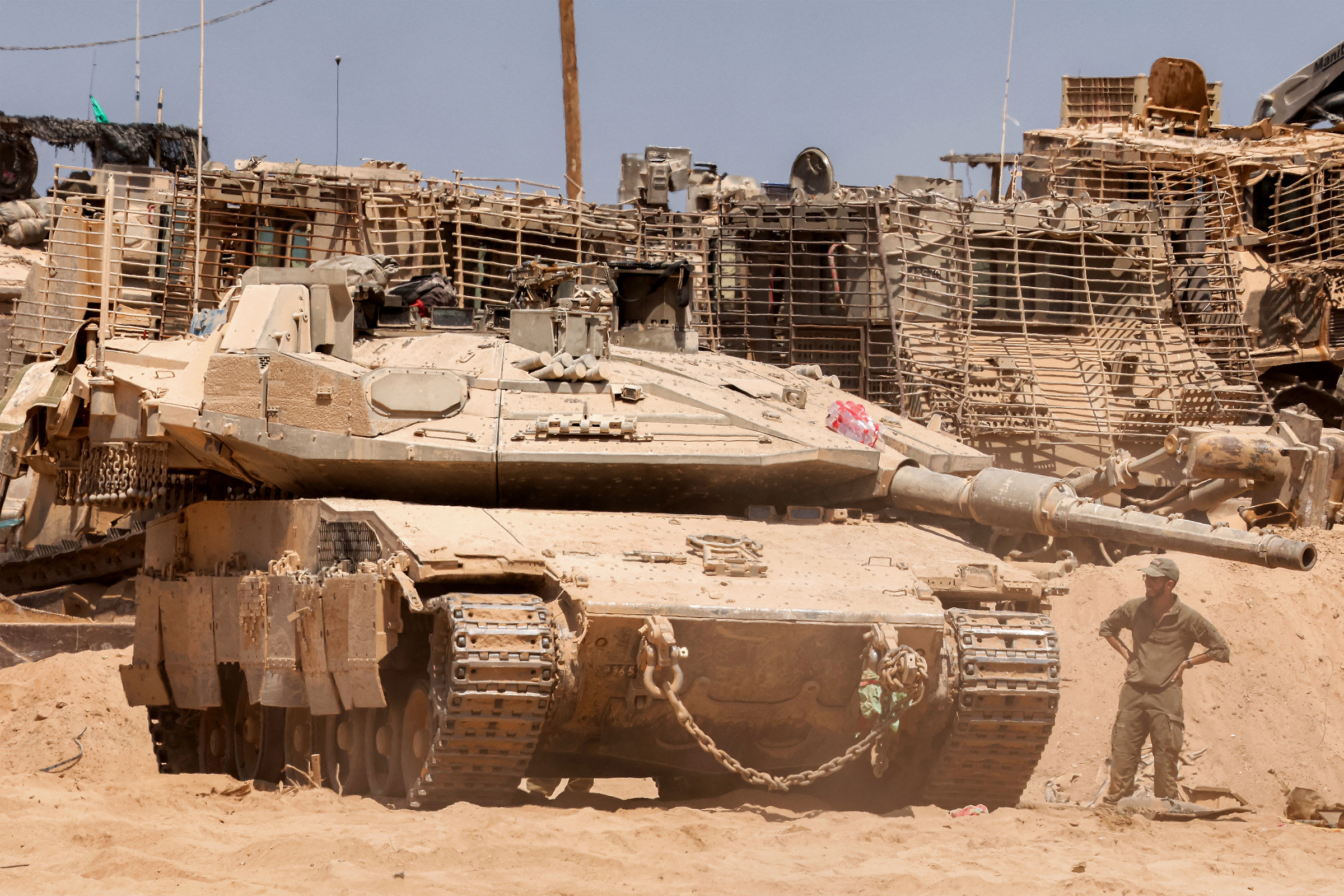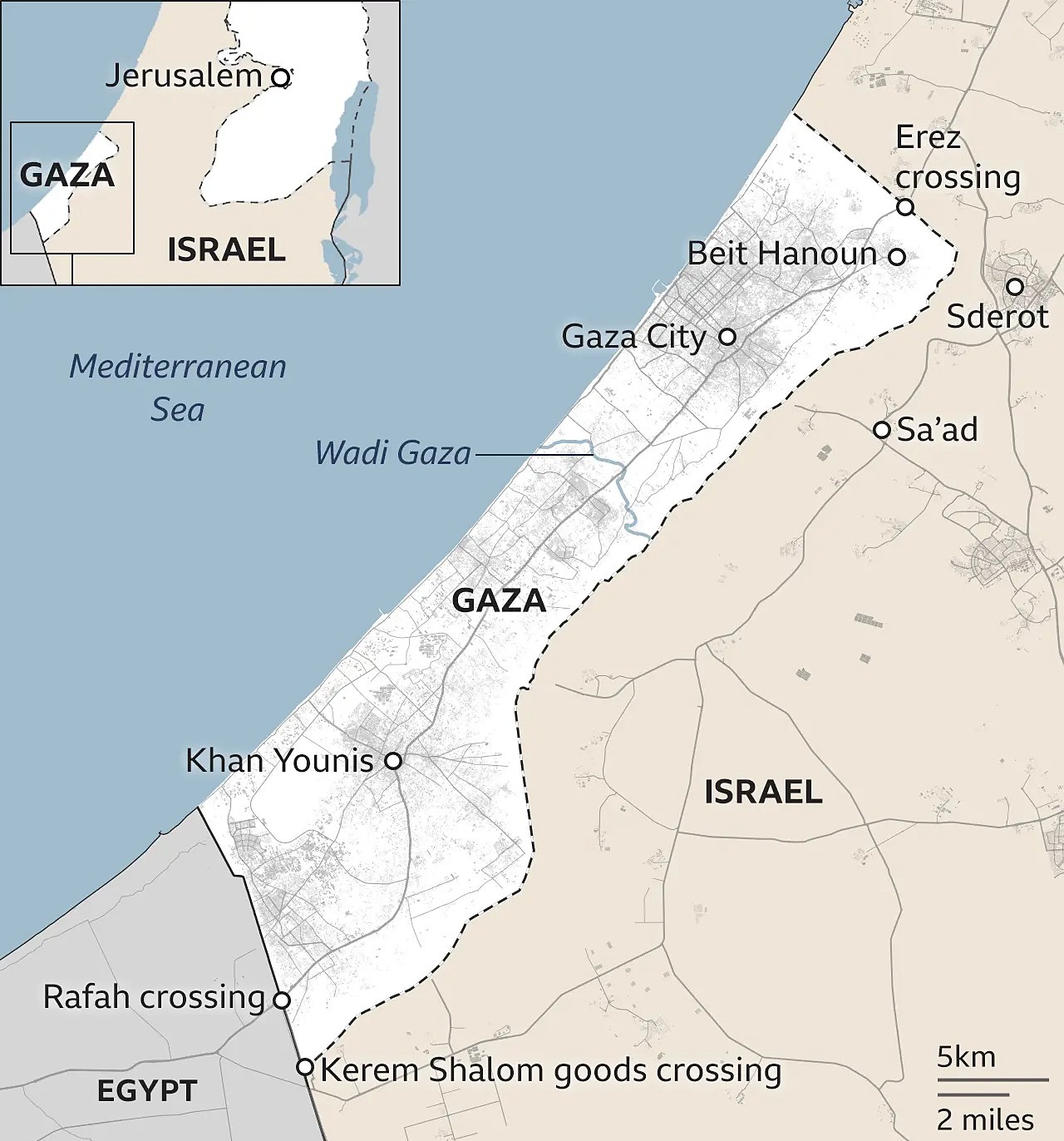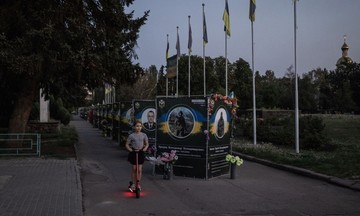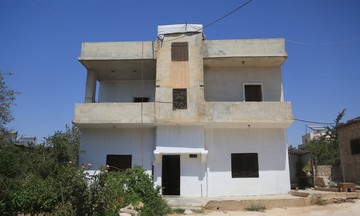The Israel Defense Forces (IDF) reported destroying dozens of targets in Zeitoun, on the outskirts of Gaza City, on 16/8. This marks the beginning of a major operation to take control of Gaza City, home to about 1.2 million people.
Israel's security cabinet approved the plan to seize Gaza City on 8/8, aiming to defeat Hamas. Some Israeli officials are pushing for a decisive IDF operation to end the 22-month conflict in Gaza.
Hamas's civil defense authority in Gaza reported intensified Israeli airstrikes on the city, with Zeitoun and Sabra "heavily bombed, mainly targeting homes, including high-rise buildings." At least 39 people died on 26/8 alone, raising concerns about the escalating danger to civilians.
IDF Chief of Staff Eyal Zamir reviewed operational plans at Southern Command on 17/8 before presenting them to Prime Minister Benjamin Netanyahu. If the Gaza City operation is approved, the IDF will likely mobilize reserve troops.
The IDF plans to evacuate over one million Gaza City residents to southern Gaza for their safety. Israeli divisions, supported by air and artillery fire, would then enter the city, targeting Hamas's tunnel system and aiming to eliminate its fighters.
After securing Gaza City, the IDF may advance into central Gaza, believed to hold hostages and where Tel Aviv previously limited operations.
"By capturing Gaza's symbolic and administrative center, Israel sends the message that time is not on Hamas's side and continued resistance will only entrench Israel deeper," said Alex Plitsas, a Middle East expert at the Atlantic Council.
However, Plitsas warned of significant risks for the IDF, which could ignite a longer, bloodier conflict.
 |
Israeli army tanks near the Israel-Gaza border on 29/7. Photo: AFP |
Israeli army tanks near the Israel-Gaza border on 29/7. Photo: AFP
For months, the IDF focused on sparsely populated areas of Gaza, destroying tunnels and infrastructure. Hamas fighters, largely absent there, are believed to have retreated to Gaza City and the Muwasi refugee camp in southwest Gaza.
Entering Gaza City means operating in a densely populated area, with 700,000 pre-conflict residents plus 500,000 displaced Gazans.
When the current conflict reignited, the IDF deployed three divisions targeting three Hamas units in Shati, Sabra, Daraj, and Tuffah in Gaza City. The IDF claims to have eliminated Hamas forces and destroyed command centers in these areas.
However, observers believe Hamas has had months to prepare for this offensive. Izz al-Din al-Haddad, the new leader of Hamas's armed wing, is reportedly in Gaza City. US media reported in early July that al-Haddad declared the conflict a "martyrdom" operation unless an "honorable agreement" is reached.
The IDF anticipates facing small, well-armed Hamas guerrilla units. This implies numerous fighters, explosives, anti-tank missiles, and snipers hidden among civilians, posing a clear threat to Israeli hostages held in Gaza City.
According to senior IDF officials, some members of Israel's security cabinet have requested a devastating operation similar to the one in Beit Hanoun, northeast of Gaza City, where the IDF destroyed all infrastructure, rendering it "uninhabitable."
Replicating this in Gaza City, with its dense high-rise buildings, requires greater firepower and specialized equipment. IDF officials are unsure if they have the capacity.
 |
Location of Gaza City, Gaza Strip. Graphic: BBC |
Location of Gaza City, Gaza Strip. Graphic: BBC
Another challenge is evacuating 1.2 million Palestinian civilians from Gaza City, crucial before an offensive can begin.
Military sources estimate this will take 7 to 10 days. Occupying Gaza City would then take hours to days, requiring half the troops of the previous operation. After securing control, the IDF plans to spend over a year dismantling above-ground and underground infrastructure.
According to Zamir's plan, Gazans would move south through the Netzarim corridor dividing Gaza, established by Israel. Israel intends to concentrate most civilians in Muwasi, designated a humanitarian zone since the conflict began, despite deteriorating conditions and ongoing attacks.
The IDF's legal advisor, Yifat Tomer-Yerushalmi, warned Zamir about the legal ramifications of occupying Gaza City or all of Gaza. Under international law, Israel would become responsible for the civilian population, requiring the IDF to provide food, medical services, sanitation, essential infrastructure, and a safe environment.
The UN and many countries have condemned Israel's plan.
 |
A devastated area in Shejaiya, east of Gaza City, Gaza, on 3/8. Photo: AFP |
A devastated area in Shejaiya, east of Gaza City, Gaza, on 3/8. Photo: AFP
Meanwhile, many Gaza City residents refuse to leave, sheltering in buildings despite the risks. Exhausted from previous evacuations and with dwindling space for tents, many prefer to stay.
"I swear to God, I've faced death a hundred times. I'd rather die here," Ahmer Hirz, who has evacuated with his family at least eight times, told Al Jazeera. "I won't leave. We've suffered enough hunger and hardship."
Rajab Khader agrees. "We must stay in Gaza City with our families. The Israelis will find nothing but our bodies and souls," he said.
Nhu Tam (According to AFP, Al Jazeera, Haaretz)












